Maxtyle (맥스타일)
1.6Km 27510 2022-12-29
3, Majang-ro, Jung-gu, Seoul
+82-2-2218-6789
Maxtyle is an exclusive fashion mall and multipurpose cultural space located in the area of Dongdaemun Fashion District. The name, “Maxtyle,” is a shortened form of the phrase “maximum style.” The mall is comprised of seven underground and eight aboveground levels. The mall aims to become the leader in both fashion and culture, providing customers with high-quality merchandise at great prices.
Dongwha Duty Free Shop (동화면세점)
1.6Km 78259 2021-06-04
149, Sejong-daero, Jongno-gu, Seoul
+82-2-399-3000
Dongwha Duty Free offers only the world’s best brands for sale. Visitors can shop for the latest popular brands in perfume, cosmetics, accessories, leather goods, and more. Apart from Korean brands and popular imported brands, visitors can also shop for specialty Korean products and folk crafts from all around the world.
Mangnae Hoejip (막내회집)
1.6Km 87 2021-04-09
34-11, Namdaemunsijang, 4-gil, Jung-gu, Seoul
+82-2-755-5115
It is a Hoejip (raw fish restaurant) with 26 years’ tradition. This Korean dishes restaurant is located in Jung-gu, Seoul. The representative menu is sliced raw flatfish.
Heunginjimun Gate - Dongdaemun Gate (흥인지문)
1.6Km 102301 2023-03-23
288, Jong-ro, Jongno-gu, Seoul
+82-2-2148-1842
Heunginjimun Gate was built to protect Hanseongbu, which historically housed essential government facilities. Heunginjimun Gate was the gate on the east side of the outer wall of Seoul Fortress among eight gates. It is referred to as Dongdaemun Gate as well. The gate was constructed during King Taejo’s 5th year in 1396, remodeled during the reign of King Danjong in 1453, and was newly built in 1869 during the sixth year of King Gojong’s reign in 1869.
The gate features a hipped roof with five front and two side compartments on a two-storied building. The thin and weak bracket system supports the eaves and is excessively decorated, reflecting the construction features of the late Joseon period. Also, outside of the fortress is the half-circle-shaped Ongseong, a small wall, to protect the gate.
One of the unique factors of Heunginjimun Gate is that it is the only gate among Seoul’s eight to have Ongseong, further exhibiting the style of construction used during the late Joseon period.
Sungnyemun Imported Goods Shopping Center (숭례문(남대문) 수입상가)
1.6Km 16855 2023-06-13
21, Namdaemunsijang 4-gil, Jung-gu, Seoul
+82-2-779-2951
Sungnyemun Imported Goods Shopping Center consists of two underground floors within the Daehan Hwaje Building (B3F-22F). The building is easy to locate among the low buildings of Namdaemun Market. In addtion to many items, the shopping center is particularly known for its cameras and audio equipment. Main items also include trekking items, household items, electronics, and fishing gear.
Jangan Accessory Shopping Center (장안 액세서리상가)
1.6Km 19702 2021-06-04
42-2, Namdaemunsijang 4-gil, Jung-gu, Seoul
+82-2-753-5600
Jangan Accessory Shopping Center has a history of offering visitors unique accessories with colorful designs. Each shop boasts its own items, different from other stores. Visitors can enjoy purchasing accessories at discounted prices.
Deoksugung Palace (덕수궁)
1.6Km 417762 2024-06-19
99 Sejong-daero, Jung-gu, Seoul
+82-2-771-9951
Registered as a Historic Site, Deoksugung Palace was initially not a royal palace, but the residential home of Grand Prince Wolsan (1454-1488), the older brother of King Seongjong (1469-1494) of the Joseon dynasty. It wasn't until 1593 that the palace was used as a temporary palace of the royal family after their home was burned down during the Imjin War. King Seonjo also stayed at Deoksugung Palace after returning to the city. It became a proper palace when Gwanghaegun (1575-1641) ascended to the throne and gave this royal residence the name Gyeongungung Palace in 1611. Over the following decades, the palace alternated between being an official palace and a temporary residence. The name did not change officially to Deoksugung Palace, meaning the “palace of virtuous longevity,” until 1907. While the palace once encompassed a vast area with many buildings, the current palace grounds are just a small shadow of the prior splendor, with very few structures remaining.
Deoksugung Palace's Daehanmun Gate (덕수궁 대한문)
1.6Km 38032 2024-03-06
99, Sejong-daero, Jung-gu, Seoul
+82-2-771-9951
Located near City Hall station, Daehanmun Gate is the main gate of Deoksugung Palace, one of the princiapl five palaces of Joseon Dynasty. The name "Daehan" means wish for eternal prosperity of the Korean Empire. In front of the gate, the Palace Royal Guard Changing Ceremony is held twice daily, along with the reproduction of costumes and style throughout the year.
Deoksugung Stone Wall Path (덕수궁 돌담길)
1.6Km 73804 2024-03-11
24, Sejong-daero 19-gil, Jung-gu, Seoul
+82-2-120
The Deoksugung Stone Wall Path runs along the wall of Deoksugung Palace. It is beautifully lit and landscaped, giving it a romantic atmosphere even at night. There are street performances and flea markets, and the area boasts many famous cafes and restaurants along Jeongdong street. In autumn, the ginkgo trees and walls form a stunning scene. Close to major cultural facilities such as the Seoul Museum of Art and Seoul Museum of History, it attracts numerous visitors come for a stroll.
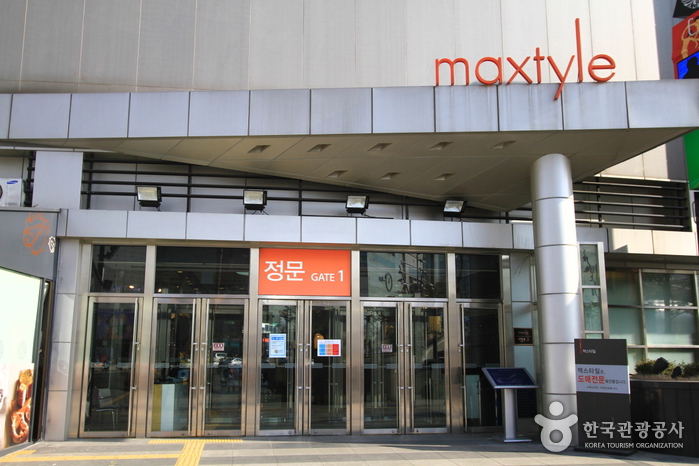
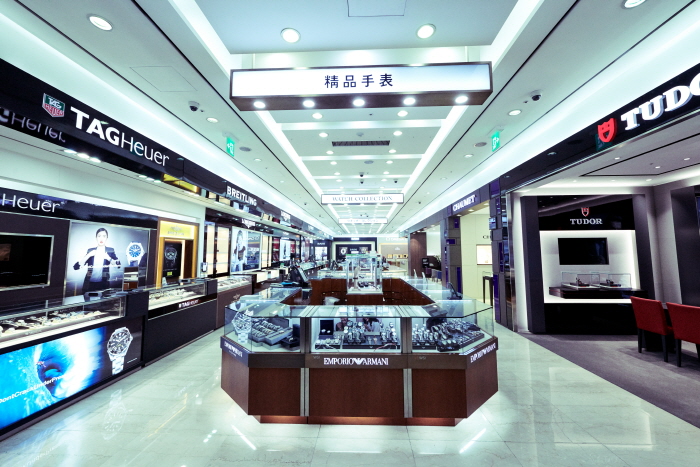

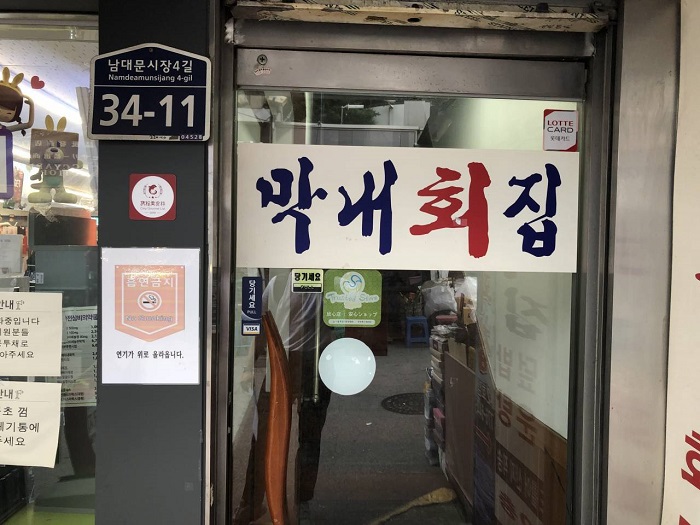
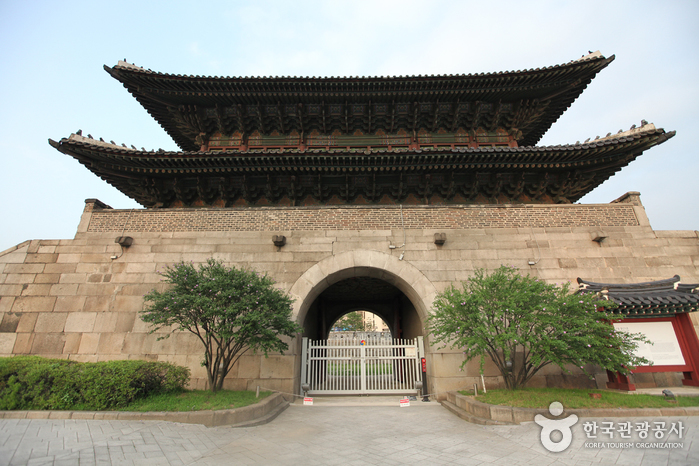
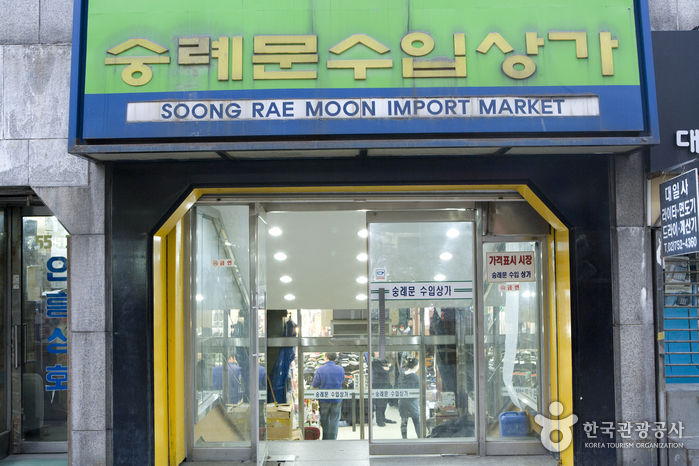
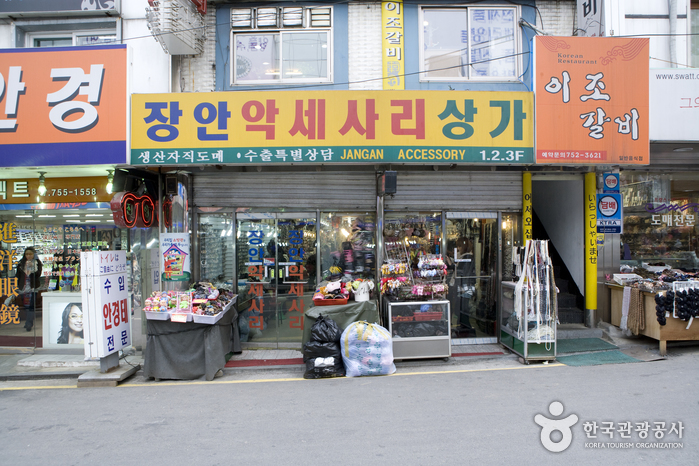
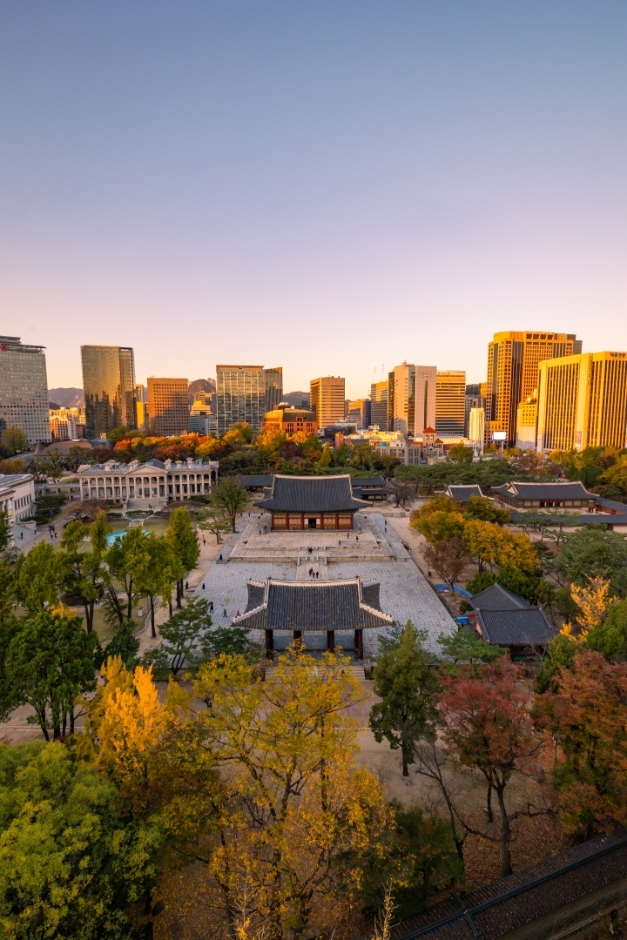
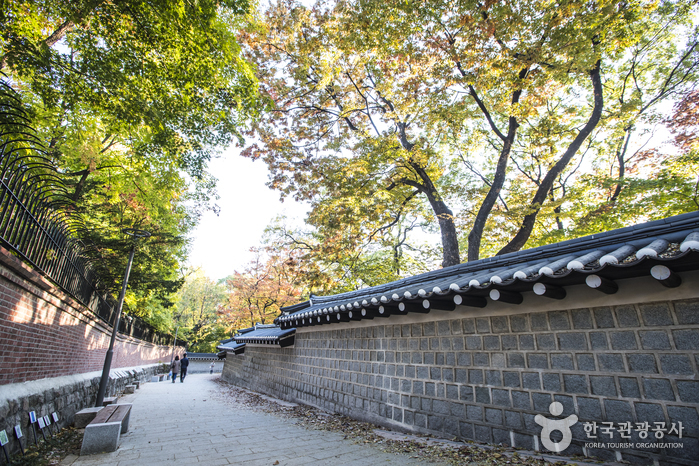
 English
English
 한국어
한국어 日本語
日本語 中文(简体)
中文(简体) Deutsch
Deutsch Français
Français Español
Español Русский
Русский